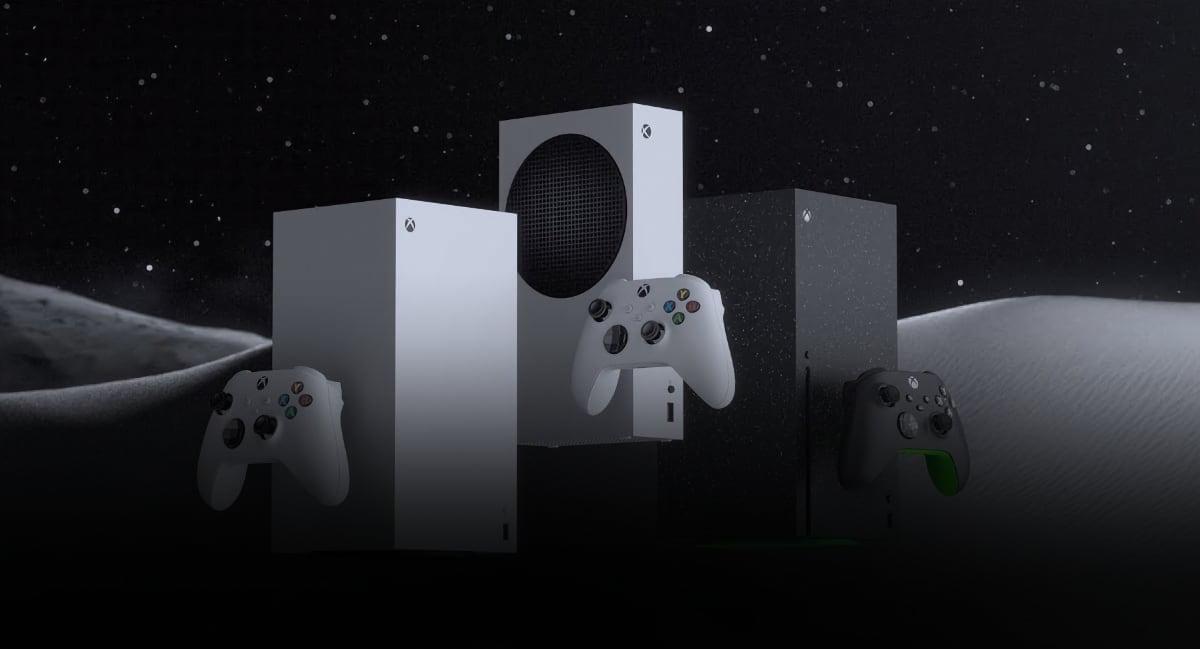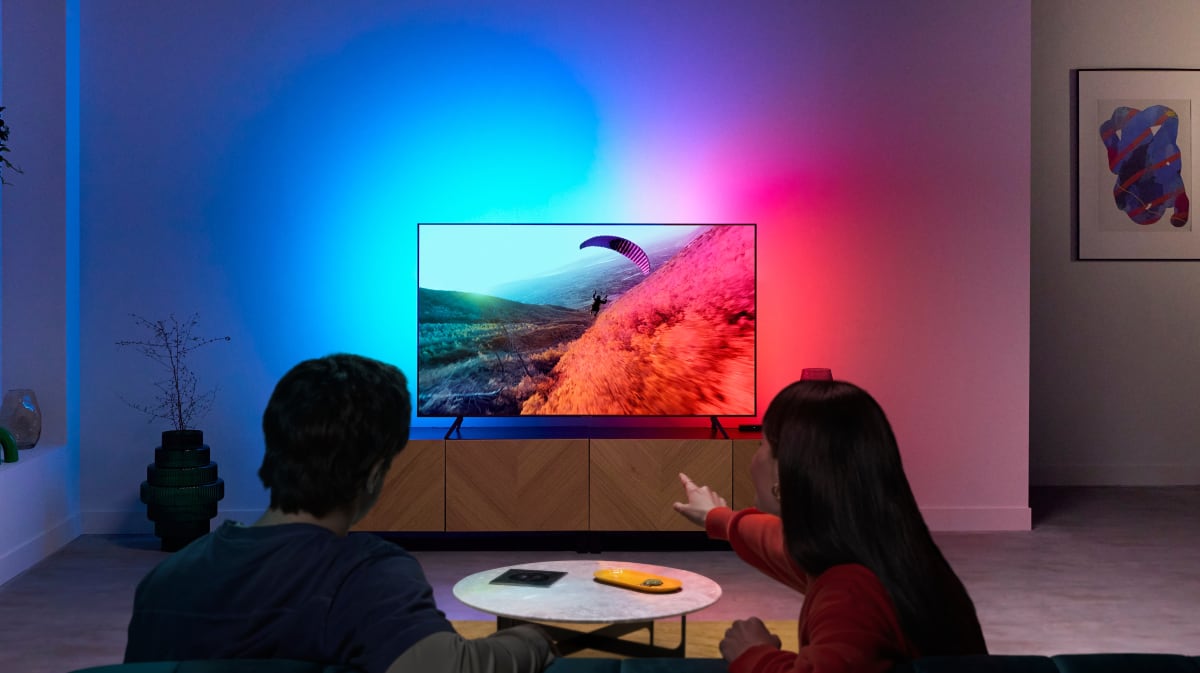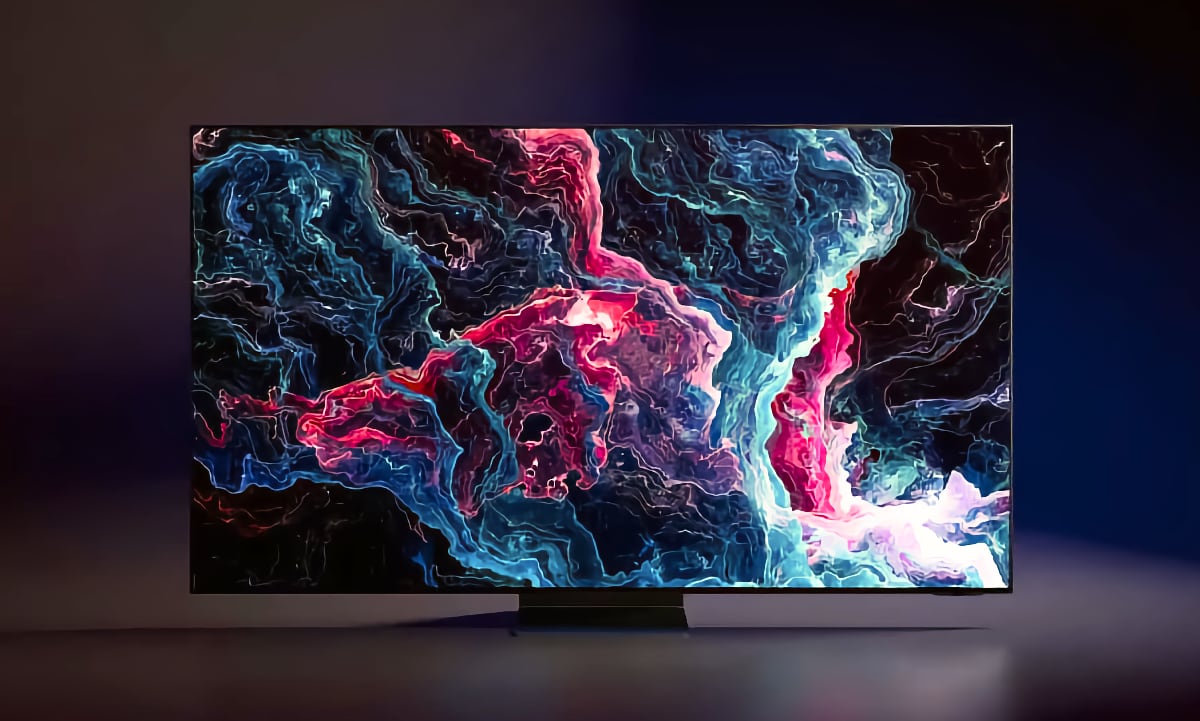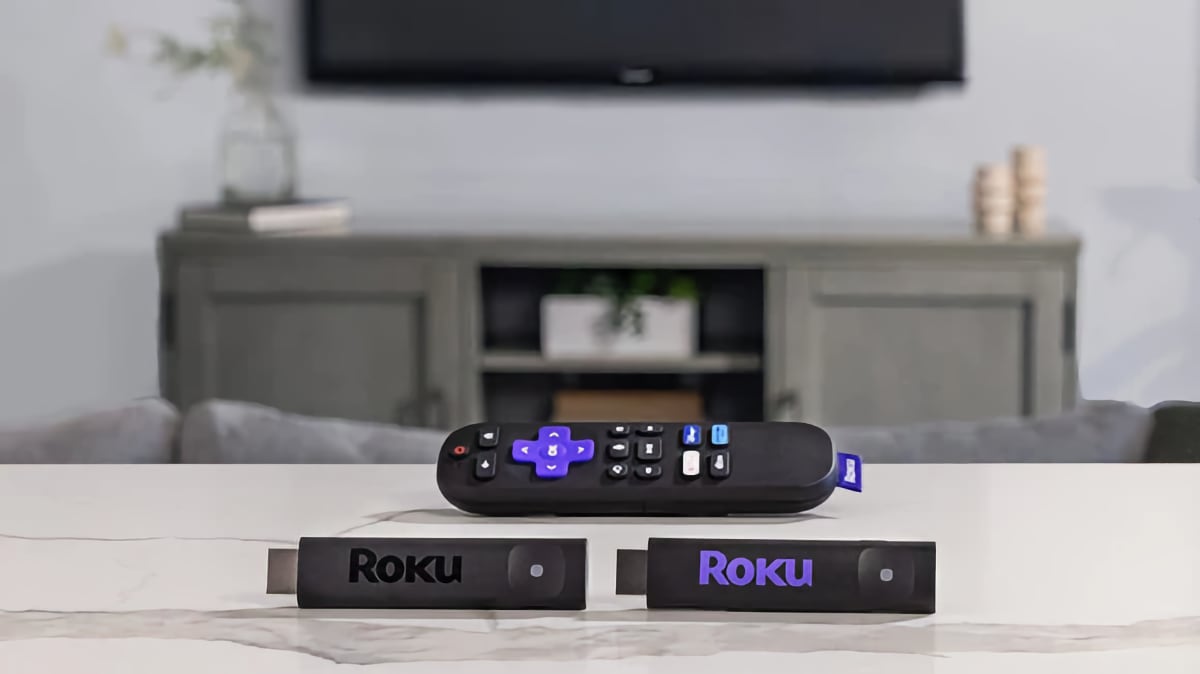Oculus is still improving their Oculus Rift prototypes. At CES 2014, a new version of the virtual reality headset was revealed, dubbed Crystal Cove. The new version uses an OLED display to eliminate blurring and improve immersion.
Oculus Rift switches to OLED
We have an extensive review of the Oculus Rift here at FlatpanelsHD. One of our main criticisms was the quality of the screen. It had blurring, a screen door effect and too low resolution. Most of those issues have been addressed with the latest Crystal Cove prototype, Oculus says.
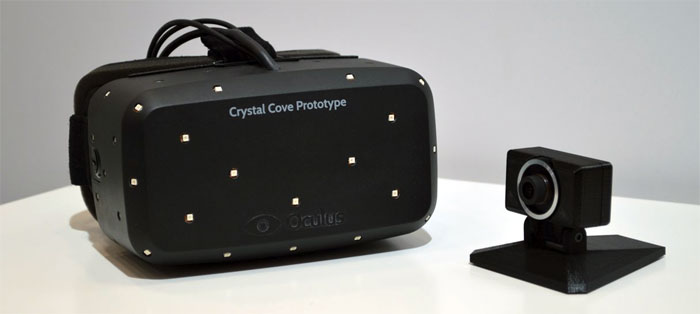
Oculus Rift's Crystal Cove prototype switches to OLED
The Crystal Cove uses an OLED display instead of LCD. Instead of the sample-and-hold method of driving LCD panels, Oculus has also switched to pulse-driving. The OLED screen constantly refreshes the image, while inserting black frames into the picture stream, thus eliminating blurring. This is a quite common technique for TV displays, but it is the first time it has been utilized in the Oculus Rift.
By utilizing the OLED display, Oculus has managed to bring down latency and improve contrast. The new OLED panel still “only” has 1080p resolution, and we can imagine that the next – and maybe final – step for Oculus is to bump that up to for example 4K or something in-between. For now, Oculus says that the Crystal Cove is not the final product.
Another improvement to the Rift is that the Crystal Cove now features a new tracking system that lets you lead forward and crouch. It is basically a full positional tracking system that can measure your position, very accurately, in a 3D space, and possibly one of the most significant improvements to the Rift’s tracking since the first prototypes.
Oculus has yet to announce a release date, but has indicated that 2014 will be big for virtual reality.
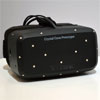 Oculus' new "Crystal Cove" Rift uses an OLED display
Oculus' new "Crystal Cove" Rift uses an OLED display


